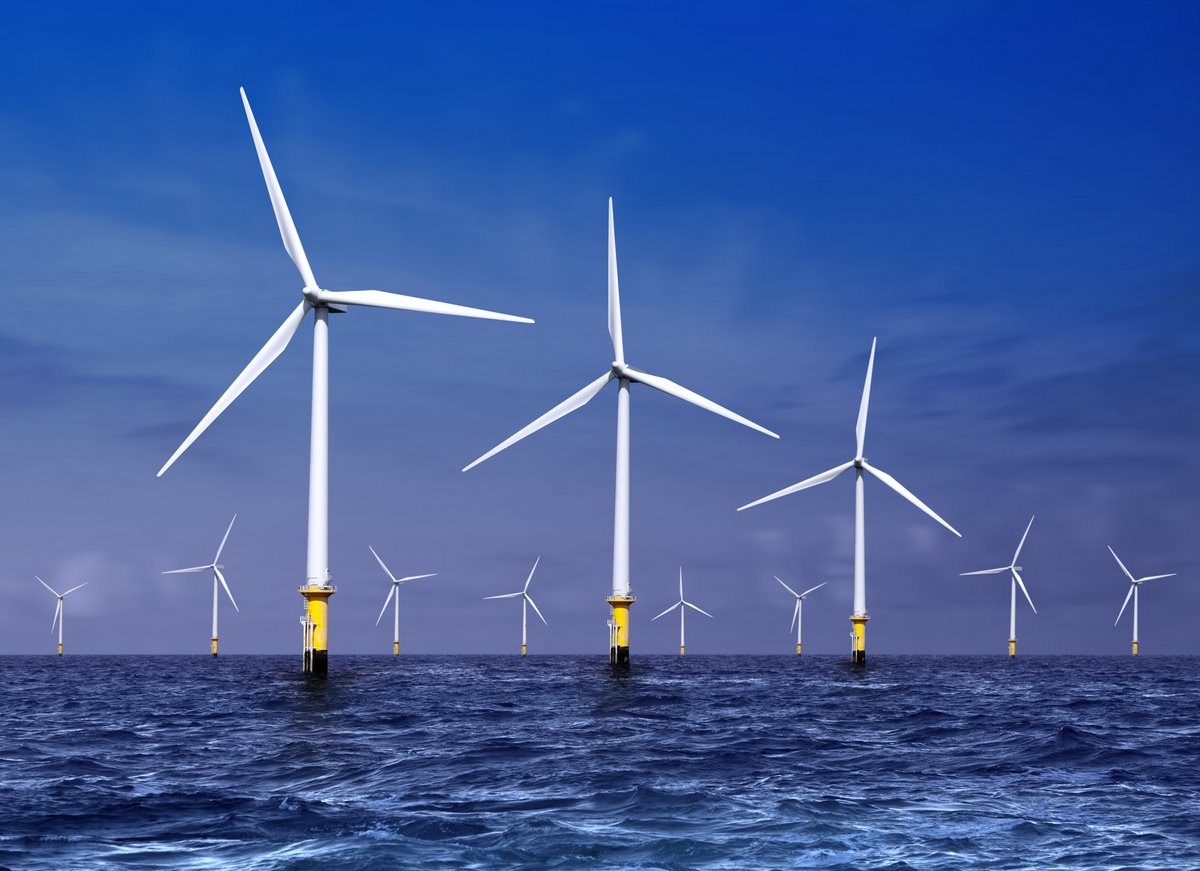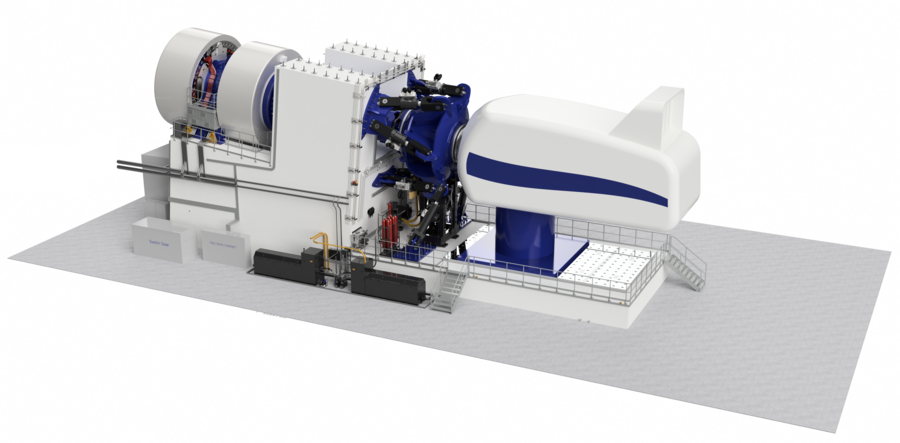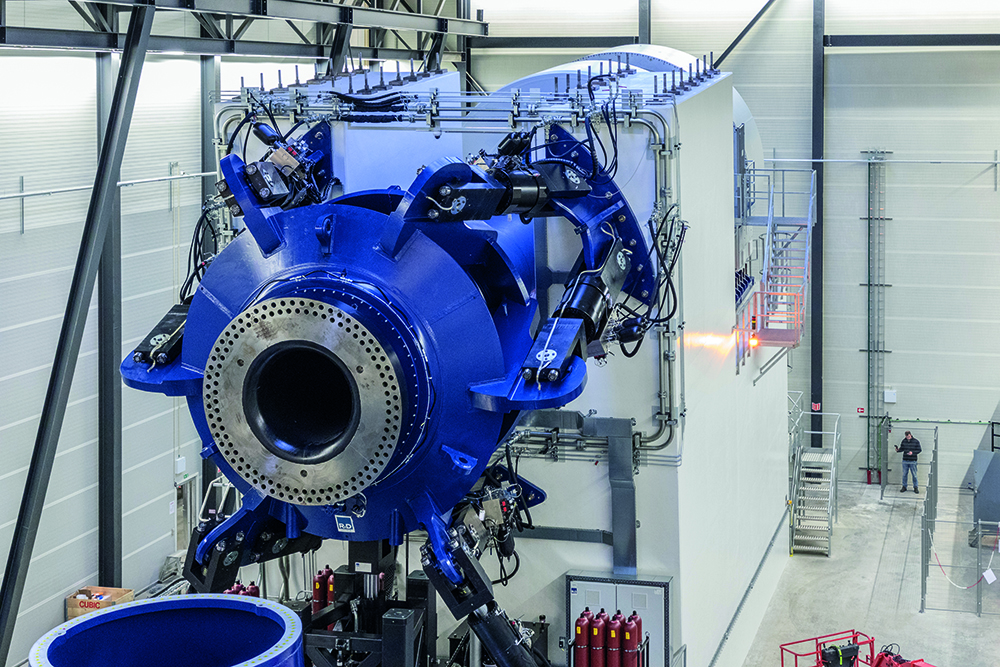
Together with R&D Test Systems, engineers from Aarhus University will develop the new, larger and far more advanced nacelle test benches of the future. The aim is to enable the wind industry to accelerate development of the next generation of giant wind turbines.
The project has been awarded DKK 10.3 million (EUR 1.4 million) from the EUDP (Energy Technology Development and Demonstration Programme) and it will promote Denmark's leading position in wind technology.
"The wind industry's ability to innovate and develop depends to a high degree on the technological possibilities for testing ever-larger wind turbines, and we have a head start in Denmark. We want to make the impossible possible and design an unparalleled test bench, where the size in itself entails some very complex engineering challenges," says Lasse M. Stephansen, team lead, Civil Engineering at R&D Test Systems.
He explains that it must be possible for wind turbine manufacturers to use the test benches to test the performance and lifecycle of nacelles.
The engineers from Aarhus University involved in the project will develop the design and the first prototype of the test bench.
Over the next two years, concrete experts from the university will be busy in the building laboratory looking for the optimal design of a suitable test facility for nacelles.
The challenge is that the nacelles on the latest wind turbine concepts have become too large for the already huge test benches we know today.
"The nacelles connect the wind turbine wings to the tower, and it is crucial that we can test their durability. But the nacelles have become too big, and we need a new type of test bench that can accommodate the enormous forces," says Lars German Hagsten, senior professor of engineering at Aarhus University.
The new test bench will be cast in concrete with 500 points to which the nacelle can be fixed safely and securely.
"We need this test bench for repetition tests and fatigue tests. We want to see how much the nacelle can withstand before it breaks, which means that the test facility must be able to tolerate very strong combined forces," says Lars German Hagsten.
His goal is to develop a concrete design that reduces the maximum stresses in the test bench.
"Concrete has a natural limit for the amount of stress it can tolerate. We’ll be looking at how we can control the forces in the test bench better, so that it becomes more durable. This is a huge structural challenge, and it’s all about geometry and reinforcement," says Lars German Hagsten.
The engineers are also planning to cast measuring equipment into the test bench. This will make it possible to monitor wear and tear and thereby optimise maintenance procedures.
"A test bench with these dimensions is extremely costly, so we want to make it possible to increase its lifetime," says Lars German Hagsten.
The longevity of the test bench is crucial for its competitiveness on the global market, and R&D Test Systems therefore have great expectations for their collaboration with Aarhus University.
"When our customers have to invest large sums of money in a test bench, they naturally look at how long it’ll last. We need highly specialised knowledge about concrete constructions if we are to keep up with developments and demand in the wind industry, and our collaboration with Aarhus University is extremely important," says Lasse M. Stephansen.

